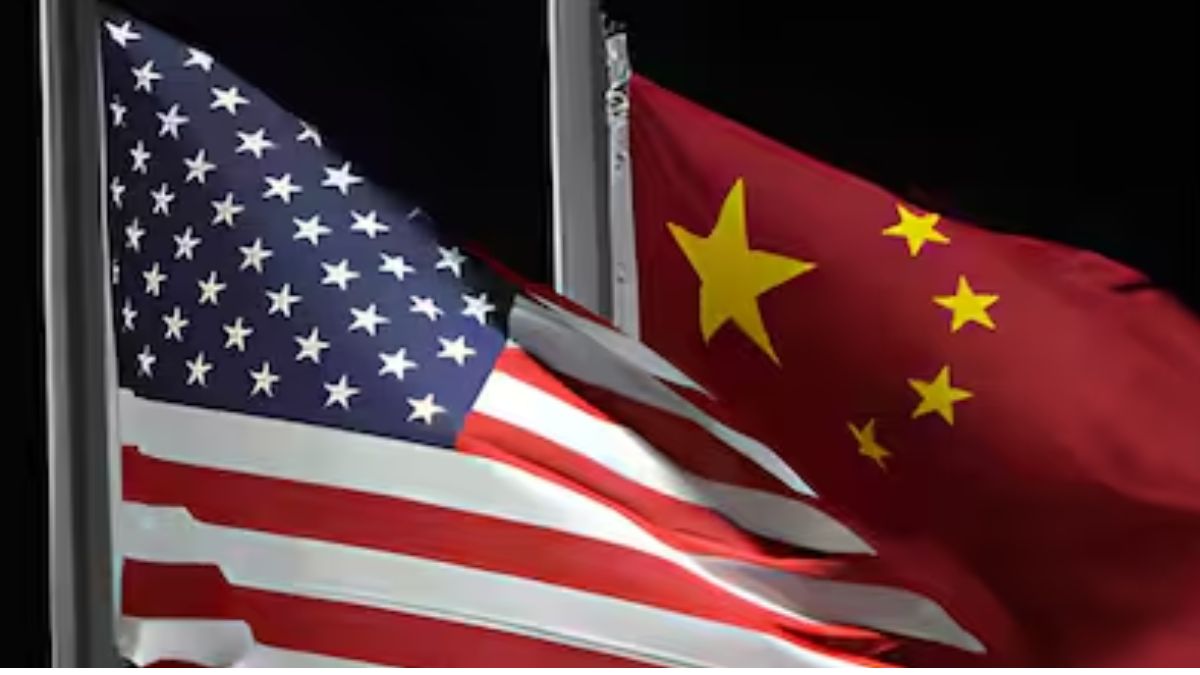)
China’s military on Sunday conducted its first “bomber formation patrol” with fighter planes over the disputed South China Sea, and issued a “warning” to the Philippines following Manila’s recent joint naval patrol with the United States and Japan.
Beijing claims much of the South China Sea, where it is locked in long-standing territorial disputes with the Philippines, Vietnam, Malaysia, Brunei and Taiwan. All of them have competing claims on the vital waterway that serves as a major international trade corridor.
As per state run Global TimesThe People’s Liberation Army (PLA) Southern Theater Command said it conducted the bomber patrol in response to the Philippines’ “joint patrol” with outside powers, the first public announcement of such an operation.
The Philippines conducted a two-day maritime exercise with the US and Japan from Friday to Saturday.
In a statement, Senior Colonel Tian Junli, spokesman for the Southern Theater Command, said the Philippines has often colluded with outside forces to conduct so-called “joint patrols”, undermining regional peace and stability.
“We seriously warn the Philippine side to immediately stop provoking incidents and escalating tensions,” he said.
Theater command forces maintain a high level of vigilance at all times, resolutely safeguard national sovereignty, security, and peace and stability in the South China Sea region, Tian said.
Any attempt to violate sovereignty and create trouble will never succeed, he said.
According to military affairs experts, the bomber formation is one of the PLA’s diverse attack methods.
Military affairs expert Song Zhongping told the Global Times that bombers are among the most important air strike forces, and the dispatch of the bomber formation can demonstrate strong strike capability. He added that these could also carry out effective saturation attacks, even if the opponent had large surface ships.
He said the Philippines was provoking outside forces to conduct so-called “joint patrols” in the South China Sea, threatening China’s sovereignty over its islands and reefs.
Against this backdrop, the PLA bomber formation patrol could serve as a warning to the warplanes of provocateurs, Song said.
In recent months, tensions between the Philippines and China escalated as navies and coast guard ships from both countries clashed to regain control of the areas they claim.
China’s bomber patrols also took place against the backdrop of suddenly increased tensions between China and Japan.
Japanese Prime Minister Sanae Takaichi recently said that any Taiwan emergency involving the use of military force by China could be recognized as an “existential-threat situation” for Japan under its security law, which could allow it to exercise the right of collective self-defense.
His comments have sparked a major diplomatic row between Tokyo and Beijing.
China warned that any Japanese interference in Taiwan would be viewed as aggression and would be strongly retaliated against.
A commentary in PLA Daily, a Chinese military mouthpiece, warned on Sunday that Japan risked turning the entire country into a battlefield if it intervenes militarily in the Taiwan Strait.
In strongly worded remarks, the PLA’s official newspaper said Takachi had revealed Tokyo’s “wolfish ambition to interfere in the internal affairs of other countries through military means.”
The comment warned that Japan’s “misguided actions” would only take the country “down the path of no return”.
“There is a danger of the entire country becoming a battlefield,” it said.
Meanwhile, reports from Tokyo on Sunday said that following Takaichi’s tough stance, his public approval rate rose to 69.9 percent, 5.5 percentage points higher than in a survey conducted shortly after he took office late last month.
According to Japanese news agency Kyodo, the survey, conducted over two days from Saturday, found that 60.4 percent supported increased defense spending to enhance Japan’s defense capabilities, while 48.8 percent supported the exercise of its right to collective self-defense in the event of a Taiwan contingency.
with inputs from agencies
end of article

)
)
)